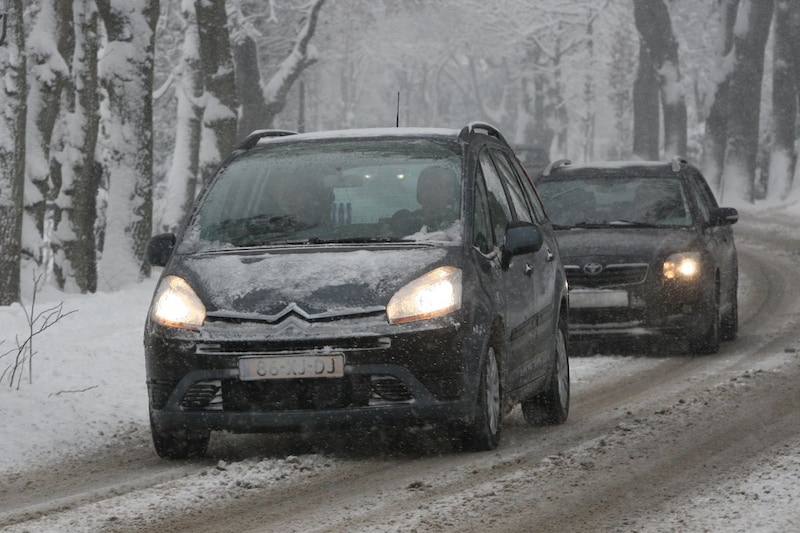
Slipperiness can cause many problems on the road. In fact, it hits every winter, even if the slipperiness is not too bad. People are often taken by surprise and unprepared for these circumstances. And then of course an accident is quickly lurking. In order to get through the winter safely, even when it is slippery, it is wise to prepare well and know how to drive safely on slippery roads.
What are the dangers of slippery conditions?
It goes without saying that a slippery road surface gives many more chances of accidents than a road surface with sufficient grip. What exactly are the dangers that lurk if the asphalt suddenly offers a lot less grip?
- Your braking distance is much longer – The braking distance is the distance the car travels from the moment the brake is applied to the moment the car has come to a complete stop. On a slippery road surface, your braking distance is many times longer than on normal asphalt, so it takes much longer to come to a stop. Even if you have ABS.
- You lose control faster on slippery road surfaces – Since slippery road surfaces offer much less grip, it is much easier to lose control of your car. Bends that you hardly think about in dry conditions suddenly become life-threatening obstacles for motorists who are not alert and an evasive maneuver can have very unpleasant consequences.
- The road salt is bad for your car – The road salt, which is used so much when it is slippery, eats itself in your car in all kinds of ways. This can cause damage to your paintwork, rubber parts, suspension and sensors.
Tips for safe driving on slippery roads
It may be clear; driving on slippery roads entails the necessary risks. That doesn’t mean you can’t hit the road at all. Adhering to a number of valuable tips will greatly reduce the chances of an accident.
- Winter tires – In slippery conditions, winter tires offer much more grip than summer tires. Due to their special rubber compound and better profile, braking distances are shortened and you stay in control longer on slippery roads.
- keep your distance – In any case, this is a good tip, but on slippery roads it is absolutely vital. Because your braking distance is much longer, it takes much longer before you come to a stop in a dangerous situation. That’s why keeping your distance is really important. If things go wrong for you, you have time to do something about it.
- Keep drive – It is especially important on slippery road surfaces to drive calmly and with care. Do not drive at full throttle, but proceed with policy. Avoid abrupt movements as it is easy to lose control.
- Be careful – applies on slippery road surfaces; do what you normally should, but be even sharper about it. So be as alert as possible behind the wheel and keep a close eye on your surroundings. This way you can anticipate in time if something happens.
- Clean your windows well – perhaps superfluous, but in slippery conditions you will also more quickly suffer from frozen or fogged windows. So make sure you remove snow and ice from the windows for a clear view. Because good visibility helps you see any treacherous spots.
What should you do if you slip?
Despite all precautions, it can happen that you lose control of the wheel. That is an extremely stressful moment, but it does not have to lead directly to an accident. If things go wrong, stick to these two tips:
- Release the gas – Release the gas. In this way you brake on the engine and prevent the car from going backwards. You don’t brake until you regain control. The wheels have to keep rolling and if you brake you run the risk of wheels locking up.
- Send in the direction you want to go – While it’s easy to panic during a slip, it’s important to stay cool and look around. Look where you want to go and steer that way too. This way you increase the chance of actually going that way.
It’s understandable to panic if you lose control of your car, but if you stick to the tips above, there’s a good chance you’ll regain control. Driving in slippery conditions means that you always have to be alert, even when things go wrong.
Driving on slippery roads: stay sharp!
All in all, riding smooth is a matter of being sharp, thinking ahead and staying cool when things go wrong. It is very important that you keep your full attention on the road and keep driving within your limits. If you do this correctly, the chance of damage is as small as possible. And take some extra time. Better that you arrive, but maybe a little later!
– Thanks for information from Autoweek.nl